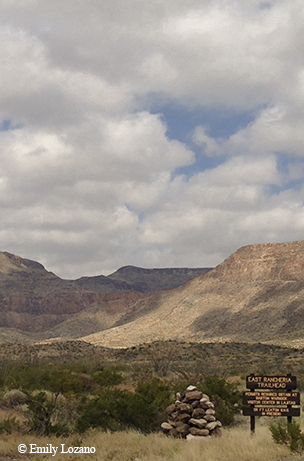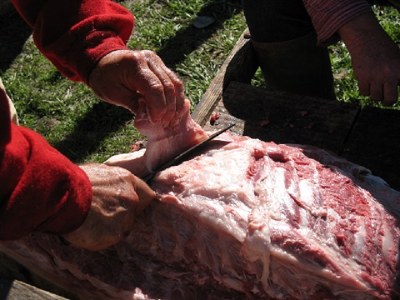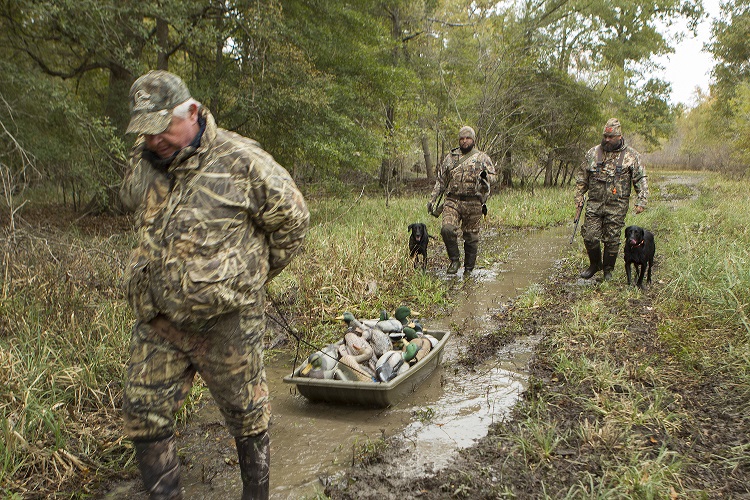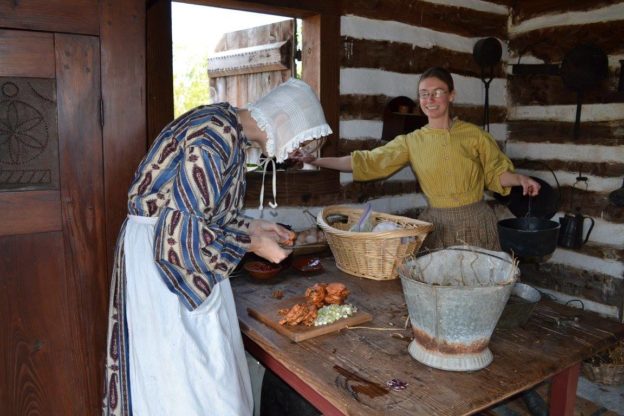Laughter Lifted Spirits on a Mountain
Wednesday, January 10th, 2018This is Passport to Texas
Tom Harvey had a personal reason for backpacking the rugged Rancherias Loop at Big Bend Ranch State Park.
Well, frankly, I turned 60, and I wanted to do some adventures before I got too old.
Tall, lean and fit, Harvey is deputy communications director at Texas Parks and Wildlife. Joining him on the hike were 10 former state park youth ambassadors, all more than half his age.
It’s really, really beautiful to meet these young people that are just drawn to nature and wilderness. A lot of them are newbies to this—but they’re drawn to it.
Tom shares his experience in the current issue of Texas Parks and Wildlife magazine.
We settled on this because it seemed like something that was a big adventure, but doable. And the trail had been blazed. There was a clear route. And it was a classic that hadn’t been written about much in the magazine—so I thought: why not? You know, we’ll write about the Rancherias Loop.
No stranger to wilderness backpacking, Tom says the first night they scrambled to set up camp ahead of a storm.
Well, it was scary when it was happening. We barely got those tents up when the rain hit. And it was blowing a gale. It was very tense.
Find out what happened to the backpackers in the January/February of Texas Parks and Wildlife magazine; on newsstands now.
For Texas Parks and Wildlife…I’m Cecilia Nasti.







 Passport to Texas is a
Passport to Texas is a  Passport to Texas is made available by:
Passport to Texas is made available by: